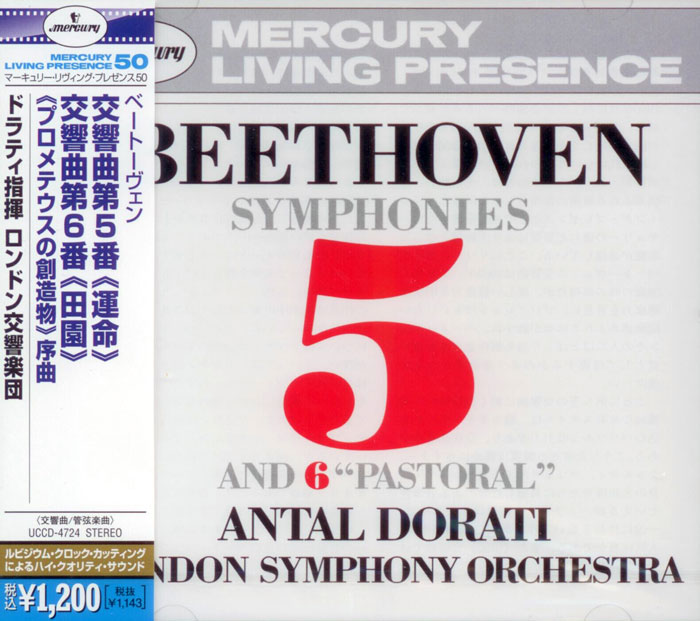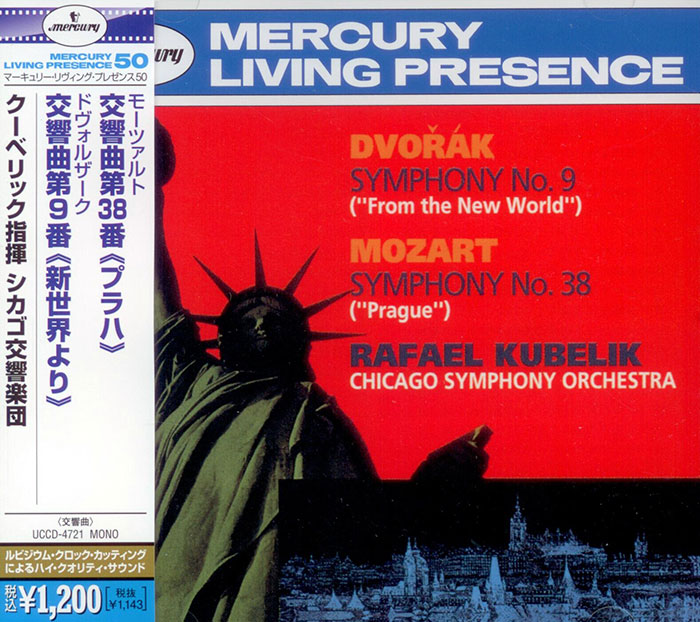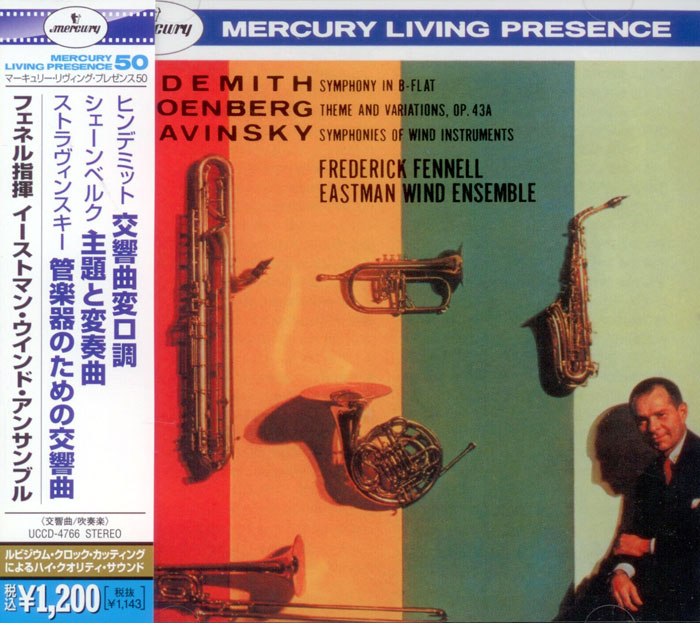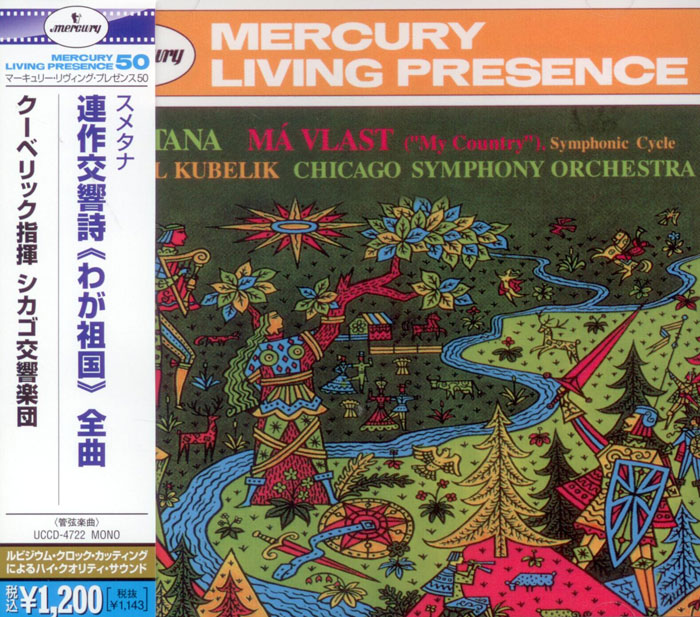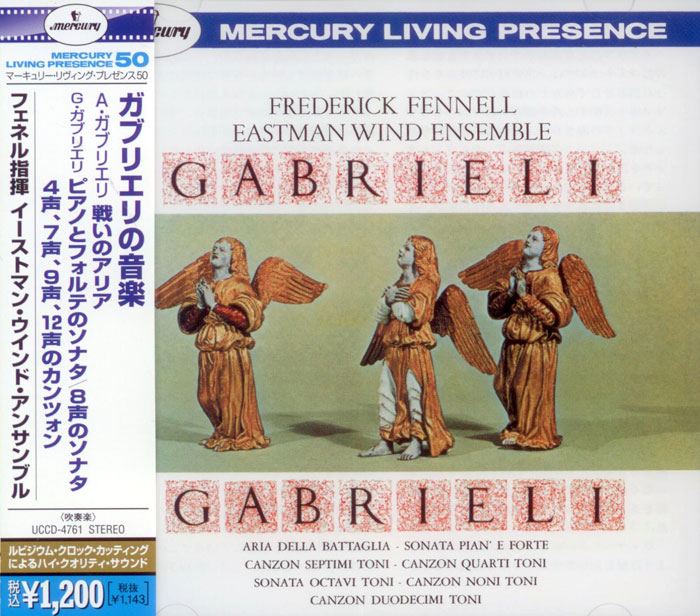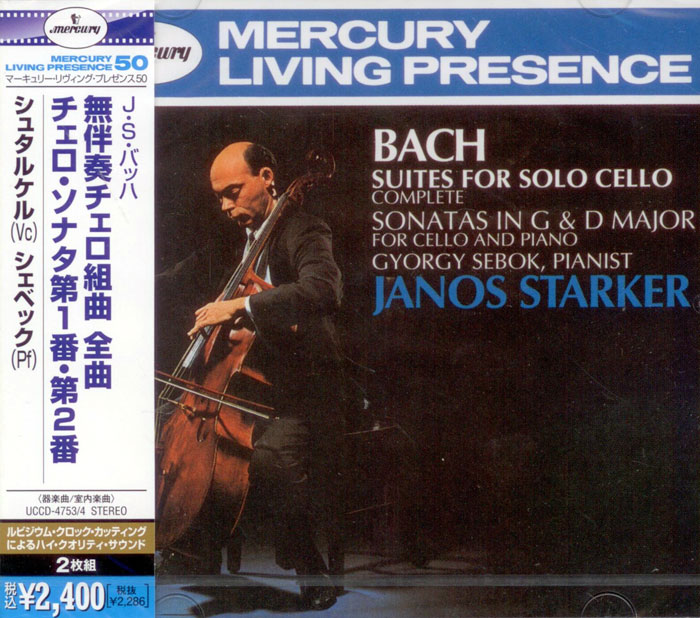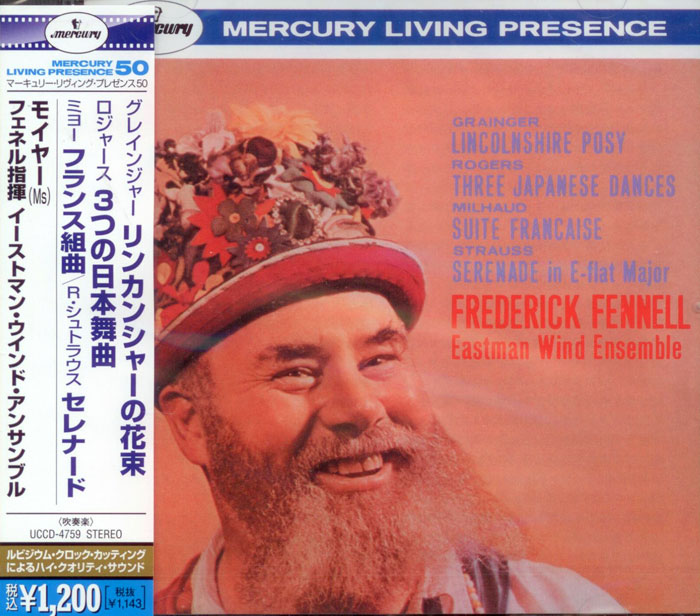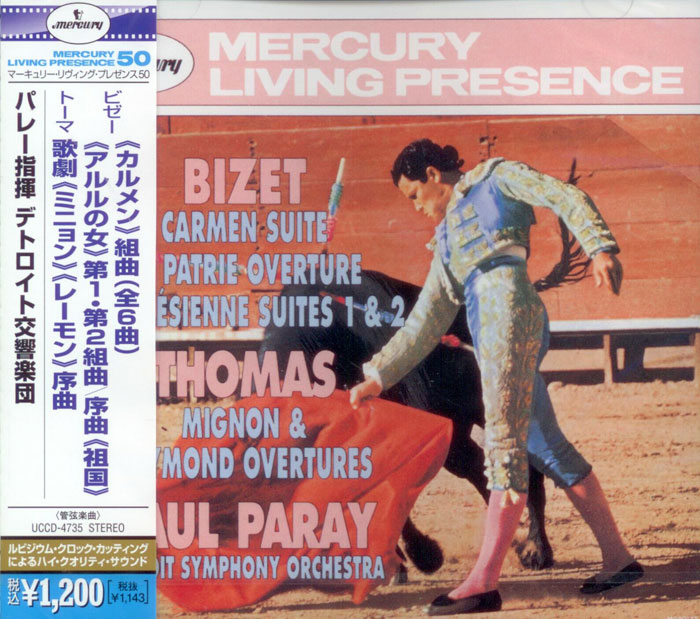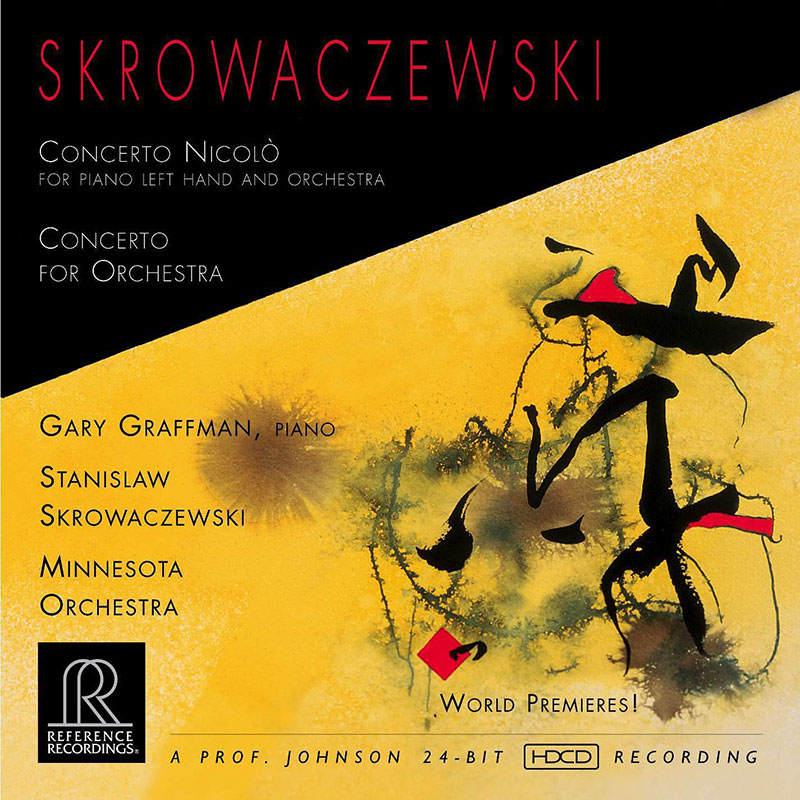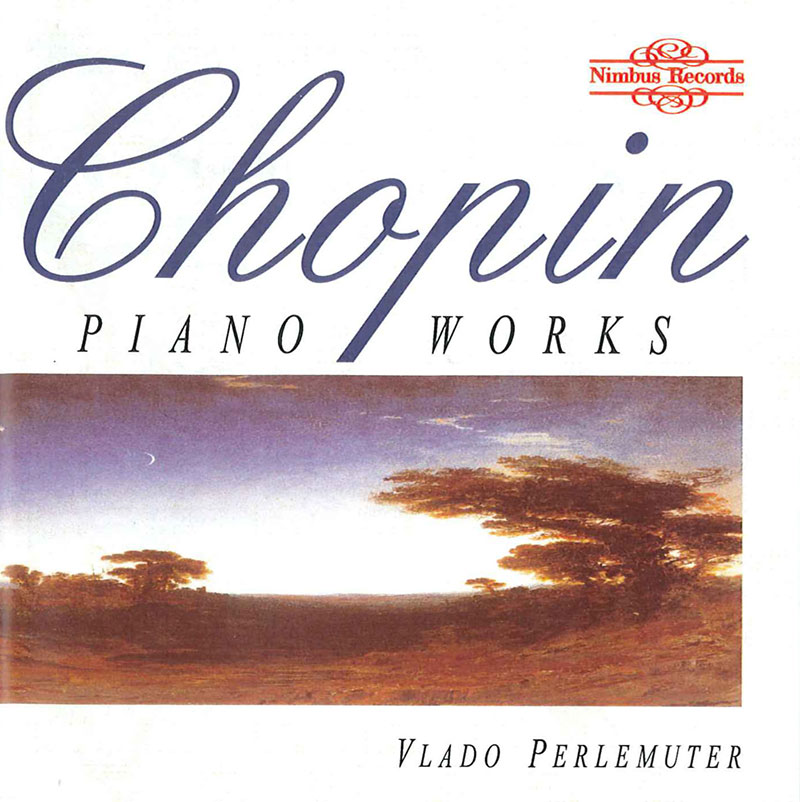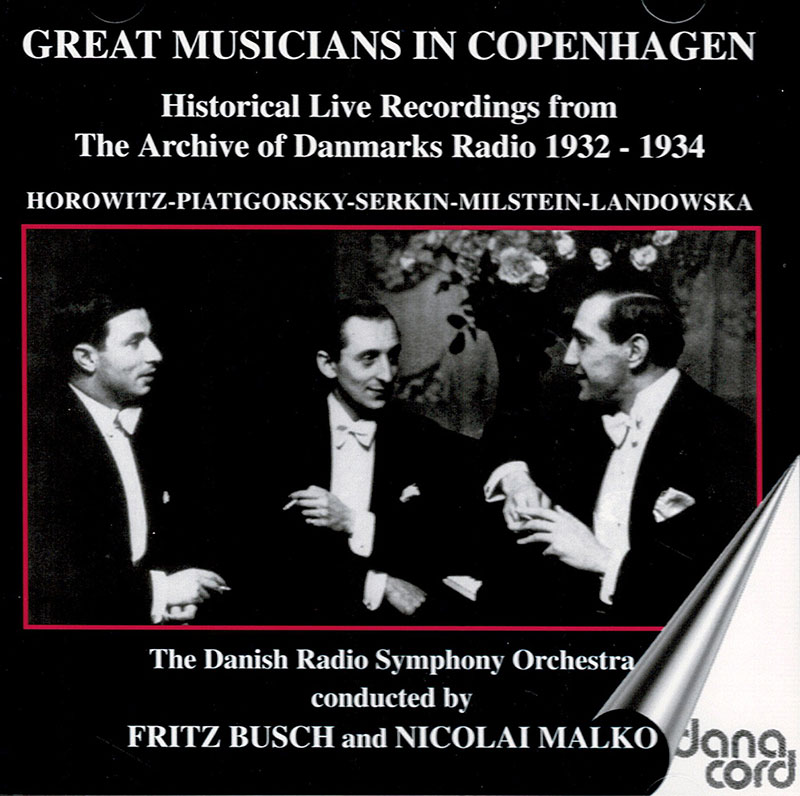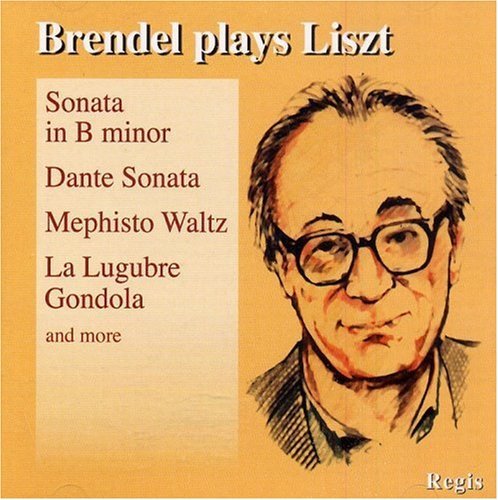Logowanie
Dlaczego wszystkjie inne nie brzmią tak jak te?
Chai Lang, Fan Tao, Broadcasting Chinese Orchestra
Illusive Butterfly
Butterly - motyl - to sekret i tajemnica muzyki chińskiej.
Brzmią jak sen na jawie
KHACHATURIAN, SHOSTAKOVICH, Antal Dorati, Stanislaw Skrowaczewski, The London Symphony Orchestra
Gayne / Symphony No. 5 in D minor, Op. 47
Stanisław Skrowaczewski,
Winylowy niezbędnik
ClearAudio
Cartridge Alignment Gauge - uniwersalny przyrząd do ustawiania geometrii wkładki i ramienia
Jedyny na rynku, tak wszechstronny i właściwy do każdego typu gramofonu!
ClearAudio
Harmo-nicer - nie tylko mata gramofonowa
Najlepsze rozwiązania leżą tuż obok
IDEALNA MATA ANTYPOŚLIZGOWA I ANTYWIBRACYJNA.
Osobowości
SKROWACZEWSKI, Stanislaw Skrowaczewski, Minnesota Orchestra
Concerto Nicolo for piano left hand and orchestra
WORLD PREMIERE!
LISZT, Alfred Brendel
Brendel plays Liszt - Solo Piano favourites - Piano Sonata in B Minor / Dante Sonata
- Piano Sonata in B Minor (28.45)
- l. I. Lento 3.27
- 2. II. Grandioso 8.09
- 3. III. Andante sostenuto 6.51
- 4. IV. Fugue: Allegro energico 5.41
- 5. V Stretta quasi presto 4.35
- "Dante Sonata" (15.57)
- (Apres un lecture du Dante- Annees de pelerinage-Italie)
- 6. I. Andamte 1.46
- 7. II. Presto agitato 2.47
- 8. III. Tempo 1 3.06
- 9. IV. NO tosto 5.46
- 10. V. NO mosso 2.29
- 11. Bagatelle without tonality 2.41
- 12. Czardas Macabre 6.54
- 13. La Lugubre Gondola 6.51
- 14. Mephisto Waltz 11.13
- Alfred Brendel - piano
- LISZT
Franz Liszt (1811-1886), like Berlioz and Wagner, was an agent for dissonance and change in music and the works on this disc variously demonstrate the way in which this confrontation manifested itself in his music. Liszt composed the Piano Sonata in B minor at the height of his powers completing it on 2 February 1853, and dedicated it to Schumann, who unfortunately was unable to receive it having already been incarcerated in an asylum. However Clara Schumann did not like it, commenting that it was `merely a blind noise - no healthy ideas... one cannot find a single, clear harmonic progression.' On this occasion she did not even trouble to play it, relying instead on the playing of Brahms, who the previous year had fallen asleep whilst listening to Liszt playing the piece from manuscript! Another who didn't take to it was Hanslick who wrote: `It is impossible to convey the nature of this musical monster in words. Never have I heard a more impudent or brazen concatenation of utterly disparate elements, such savage ravings, so bloody an assault on all that is musical. First taken aback, then left aghast, at the end I felt overcome by an irresistible desire to laugh. There is nothing here to discuss. Anyone who has heard this thing and liked it is beyond hope.' On the other hand Wagner wrote to Liszt in 1855: `Klindworth has just played me your grand sonata. It is of incomparable beauty, magnificent, charming, profound and noble - as sublime as you yourself. I am profoundly moved' (1855). As these comments confirm it is music of extremes, either to be received as such or not at all. At its premiere in Berlin in 1857 the critics gave it a resounding thumbs-down but subsequently it has been acknowledged as `one of the greatest keyboard works to come out of the nineteenth century' (Alan Walker Franz Liszt - The Weimar years p 149), whilst Alfred Brendel has called it Liszt's finest achievement. The Sonata was composed against a period of personal turmoil as it coincided with the arrival of Nicholas von Sayn-Wittgenstein in Weimar in pursuit of a divorce from his wife Carolyne, with whom Liszt had been openly carrying on an affair for some time. It has tempted commentators to see this work, with its passages of self-assertion one moment and withdrawn lyricism the next, as autobiographical: others have seen in the score an epic struggle between good and evil such as that within the Faust legend or in Milton's Paradise Lost. The four movements are played without a break and much of the work's thematic material is heard in the mysterious chromatic Introduction. Alan Walker in his monumental study of the composer points out that across the four movements (Allegro, Andante, Fugate, Allegro then Prestissimo) is a single full-scale sonata scheme (Introduction, Exposition, Development, Recapitulation and Coda). This collection includes three pieces that seem to be largely experimental in character and full of dissonance composed during the last period of Liszt's life: Bagatelle without tonality (also called Bagatelle in no key), composed in 1873 but unpublished until 1885, consists of a short melodic pattern stretched until it can go no further. La lugubre gondola, a hauntingly lovely elegy, exists in two piano versions and also for piano trio. It dates from 1882, just prior to Wagner's death in Venice, and in macabre fashion is a presentiment of the carriage of Wagner's body by gondola to his resting place. Liszt was realistic about the work's prospects saying `I doubt whether it will obtain any success at concerts, seeing its sad and sombre character'. Last in this group is Czardas macabre (1881-2), a piece heard by the young Debussy on a visit to Liszt, and which the composer played from the manuscript. The work known as the Dante Sonata was the final part of the Italian section of the Annees de pelerinage (which focuses on art and literature). Its full title is Apres line lecture du Dante, subtitled Fantasia quasi Sonata The title comes from Victor Hugo and is an impassioned and at times chaotic impression of Dante's Inferno as seen through the eyes of Hugo, whose poem opens with the line `The poet who paints hell paints his own life.' Certainly Liszt and his then current lover Marie d'Agoult felt they had been through the same kind of Hell as had Dante and Beatrice, and they had moved to Italy to gain some freedom. ne Annees de pelerinage II date from 1837-49 but were printed (often with revisions) in the 1850s and they do indeed look ahead to the tone poems of the later period. The tritonal opening according to Stradal (Liszt's pupil) `does not represent the inscription above Dante's gates of Hell, but should be understood as a call to the spirits of the damned to rise.' The agitated chromatic theme suggests to Brendel `the approaching and wailing of the shadows - their contours appropriately blurred by Liszt's direction to maintain a continuous five-bar pedal.' The opening tritonal theme ushers in the Francesca da Rimini passage `there is no greater sorrow than to remember happy times while in misery". Lastly, in Brendel's words, the `damned mock, split up, and trivialise their themes of grief'. Long acknowledged as one of the greatest of modern day pianists Alfred Brendel, born in 1931 in the presentday Czech Republic, is a man of many parts. At the time of his first solo recital in 1948, a gallery in Graz was exhibiting his paintings. He has also published a number of essays on diverse subjects and has refreshingly posed questions as to the need for classical music to be taken entirely seriously. His family moved to Zagreb when he was three and it was there that he began his studies in piano and composition, later moving to Graz. He later studied with Paul Baumgartner and attended masterclasses given by Eduard Steuermann and Edwin Fischer, whilst developing his understanding of the instrument by collecting recordings of Cortot, Kempff and Schnabel. Having won a prize at the Busoni Competition in Bolzano (1949) he embarked upon his busy international career in which recordings play a hugely important role. Many of his finest recordings stem from the 1960s and early 1970s when he first became known to a wide audience through his excellent performances on the Vox and Vanguard labels. Liszt composed four Mephisto Waltzes. The first, composed 1858-9, is by far the most popular. He had a lifelong fascination with the Faust Legend, which manifested itself in a number of works, including the Faust Symphony (1854-7), and the Mephisto Polka. In this piece, subtitled Tanz in der Dorfschenke (Dance at the village inn), he shows a greater interest in the satirical and mocking side of Mephistopheles than in the evil. There is an astonishing variety of colour that he was scarcely able to improve upon when he attempted the inevitable orchestration afterwards.






